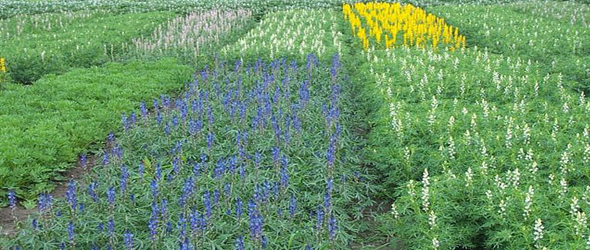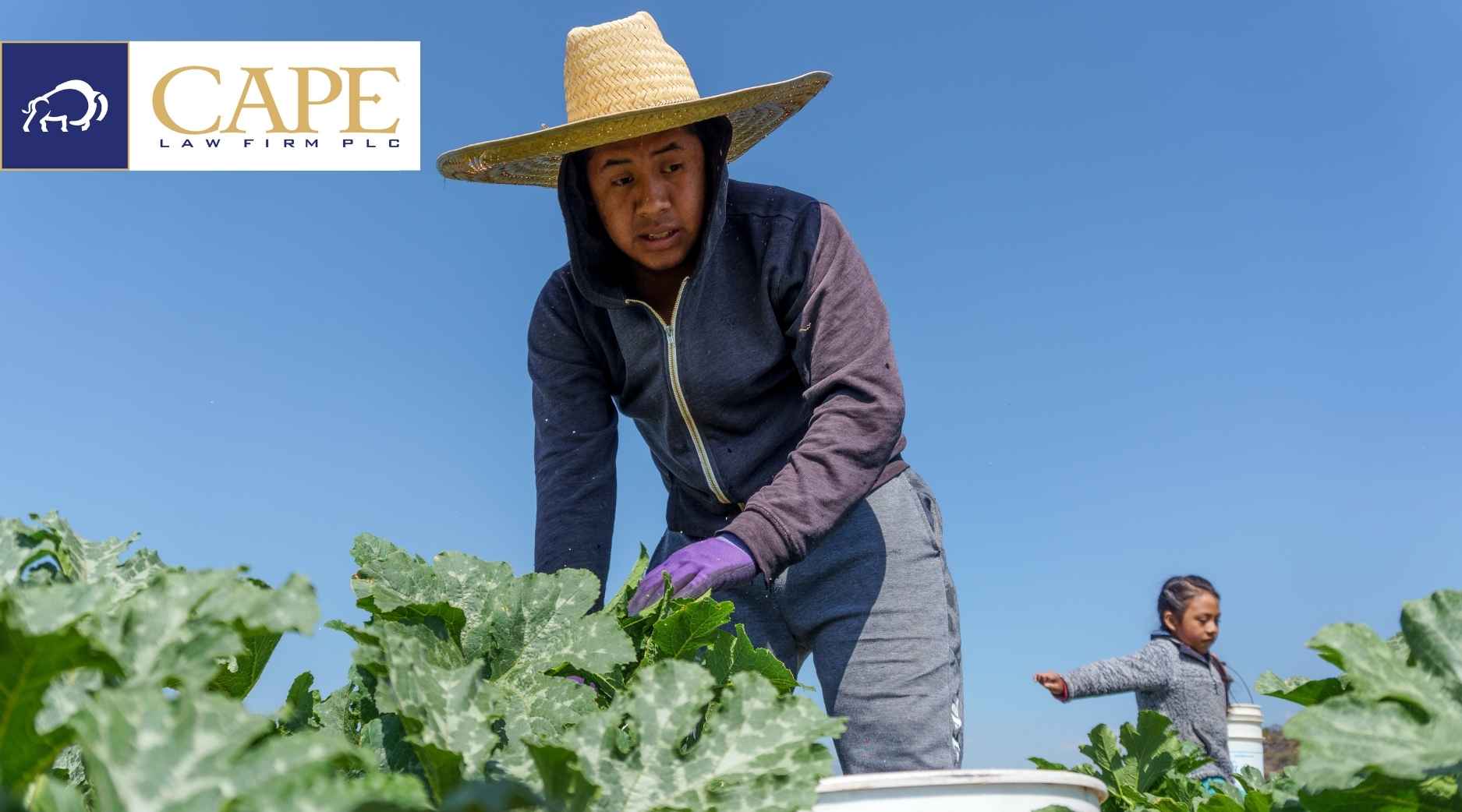Behind the colorful vegetables, leafy greens, and most of the grains that go into our breads (and beer and feed and a whole bunch of other stuff) is a plant breeder that spent years – maybe even decades – making crosses and evaluating progeny, looking for the right genetic combination. Plant breeding is a ton of work – pollinating, planting, walking plots, harvesting, weighing, recording, cataloging, testing, analyzing, and repeating the process hundreds (or thousands) of times. For a long time plant breeding was confined to the intellectually curious and benevolent, toiling away in obscurity. Now, it is a multi-billion dollar business.

Even though PVPAA protection is strong, it would be a mistake to assume that “patent-like” means the same protection as a patent. Patents are stronger, but they are also harder to get. Another big difference is how each is infringed. Infringement of a patent is pretty easy to understand, i.e., making, using or selling without authority of the patent owner.
The PVPA, on the other hand, has a dense, wordy, befuddling list of 10 different grounds for infringement:
- sell or market the protected variety, or offer it or expose it for sale, deliver it, ship it, consign it, exchange it, or solicit an offer to buy it, or any other transfer of title or possession of it;
- import the variety into, or export it from, the United States;
- sexually multiply, or propagate by a tuber or a part of a tuber, the variety as a step in marketing (for growing purposes) the variety;
- use the variety in producing (as distinguished from developing) a hybrid or different variety therefrom;
- use seed which had been marked “Unauthorized Propagation Prohibited” or “Unauthorized Seed Multiplication Prohibited” or progeny thereof to propagate the variety;
- dispense the variety to another, in a form which can be propagated, without notice as to being a protected variety under which it was received;
- condition the variety for the purpose of propagation, except to the extent that the conditioning is related to the activities permitted under section 2543 of this title;
- stock the variety for any of the purposes referred to in paragraphs (1) through (7);
- perform any of the foregoing acts even in instances in which the variety is multiplied other than sexually, except in pursuance of a valid United States plant patent; or
- instigate or actively induce performance of any of the foregoing acts.
As if 10 different grounds weren’t enough, Congress threw in a few very unique exceptions to infringement. One of these – the saved seed exception – even perplexed the US Supreme Court.
The PVPA’s complexity is why some really deep thought is important for licensing a protected variety. It would be a mistake to use a patent license as a template and assume that you’ve covered all the bases. We’ve prepared PVPA licenses, litigated PVPA cases, and helped variety owners plan for commercialization. Let us help you identify the risks and opportunities before releasing your next variety.




